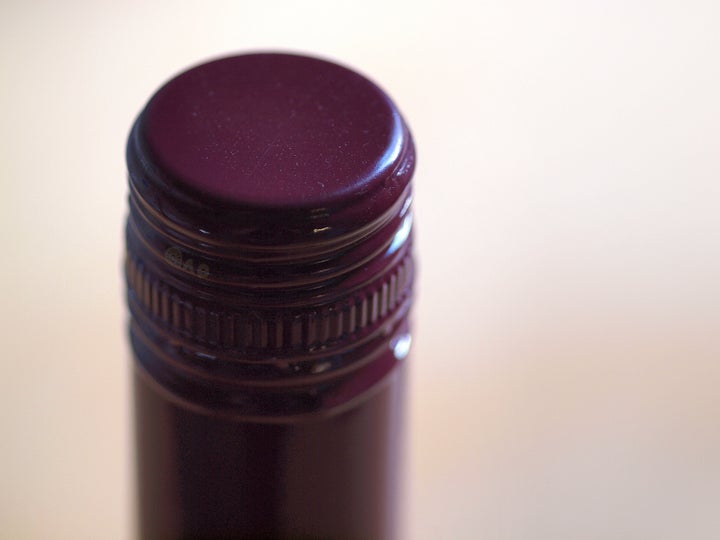
There is a wide variety of baffling nomenclature in the wine world. Newcomers may wonder why flavors described as "tar," "tobacco," or "forest floor" could possibly be construed as good things, and how there can be a difference between aroma (the smell of the grapes in the wine) and bouquet (the smell of the wine).
Perhaps most confusing is the term "corked." This does not mean that the wine is sealed with a cork, nor that the cork has been removed. Rather, it is a shorthand term for cork taint, or wine that has been affected by trichloroanisole (TCA), a byproduct of the processing of tree bark into the familiar cylindrical wine corks. According to the San Francisco Chronicle, a study conducted in Australia at the 2004 Macquarie Bank Sydney Royal Wine Show, sampling more than 2000 wines from all over the world, showed that 8.45%, or an average of one bottle of every case, was contaminated with the foul-smelling chemical. Other estimates have ranged from 2% to 12%. Curiously, the Australian study found tainted bottles 2% more often in white wines than red, but offered no explanation as to why this might be.
Detectable at levels as low as 5 parts per trillion, TCA's effect can be as subtle as muting the aroma of the wine, or as overwhelming as a distinct smell and flavor of moldy newspaper. The good news is that most reputable wine sellers will accept returns of corked wines; although it is best to get the wine back to them as quickly as possible after opening, and with very little consumed from the bottle, just to be courteous. But, how can you tell that the wine is corked and not simply a bad wine?
There are four kinds of bad wine. First, there is corked wine and the wet cardboard character we were just discussing. Then there is oxidized wine, which can result from a bad seal or simply having been open too long. This can cause the wine to take on a brownish color and the taste of old apples or worse. There is also a multitude of fairly rare but possible bacterial taints that result from unsanitary conditions in the winery. Lastly, we have the very simple poorly made wine. In it, you'll find aromas, bouquets and flavors such as wet grass, cat's pee, band-aids or asparagus.
Avoiding the poorly made wines is just a matter of personal taste and experience; so too with the bacterial infections. To avoid oxidized wine, inspect the cork upon removal. Make sure that the top is dry while the bottom is uniformly moist, with no sign of the wine having leaked along the edge to the top (this can allow bacteria to multiply its was past the seal).
How to avoid cork taint? Simple: screwcaps. I know, one loses the ritual and romance of the corkscrew, but imagine if we were just today inventing the idea of wine and of putting it in a bottle. Do you think we would stop up the end with chunks of Portuguese tree bark? Not likely. Now there are those who say that the cork adds a certain something to a wine which will lay on its side for 10 or 20 years, though my palate is not sophisticated enough to be able to detect that. Nonetheless, how would you feel if you cared for a valuable wine for 15 years only to open it & discovered it had been tainted since day one?
There are synthetic corks, and by all accounts, these do make a good seal and return the ritual of the corkscrew, but they are expensive compared to screwcaps and in our society, the consumer pays for absolutely everything. The screwcap offers economy, a perfect seal, and the egalitarian idea of making wine more approachable for everyone. Tough to argue with that.